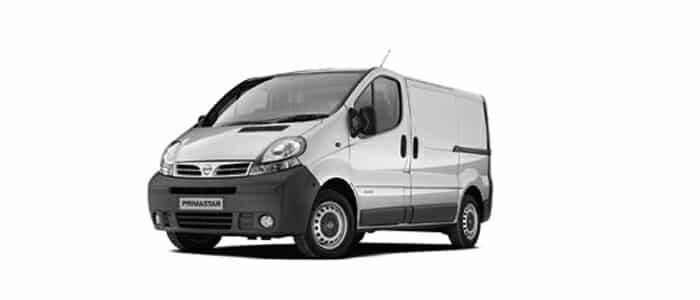
How can I build a refrigerated van?
There are some companies who sell kits promising to make it easy for you to turn your standard commercial vehicle into a practical, refrigerated van, but it’s not as easy as it might seem. It really is a fairly large task to install an adequate refrigeration unit into a van, and fit all of the insulation that you’ll need to make it operate correctly. Unless the installer is very highly skilled, in most cases you’ll have trouble regulating the temperature correctly. This can be disastrous if you are transporting foodstuffs. If you are going to be moving chilled products that aren’t for human consumption, such as flowers, then building your own refrigerated van might be a viable option, but in the vast majority of cases you’ll have a much more accurate and reliable refrigerated van if you leave it to the professionals, and you can view all of Glacier Vehicle’s bespoke conversion services here.
The cooling system of a refrigerated van consists of two elements: the insulation and the actual cooling mechanism. They are both equally important when it comes to maintaining a chilled temperature in the loading bay of the van.
Refrigerated Van Insulation
The insulation is usually comprised of a thick, dense layer of polymer foam. The foam used is substantially similar to Styrofoam or polystyrene, although it will be much more durable than the type of Styrofoam that you’d find in a coffee cup or in electronics packaging. The whole inside of the loading bay is coated in a thick layer of this foam, and the installers are extremely careful not to leave any gaps. If you leave even the slightest gap then the entire insulation of the refrigerated van will be compromised.
Once the insulation layer has been fully installed, the installer will then line the inside of the loading bay with a protective coating. This forms a rock hard wipe-clean surface, ensuring that the foam insulation isn’t damaged when loading and unloading the refrigerated van, or from any spillages.
There are two different types of protective coating that are commonly used: wet lay and dry lay. Wet lay uses a liquid polymer that hardens on contact with air. This means that you will get a perfectly smooth, wipe clean white layer that is completely impregnable. This is the method that is preferred by most refrigeration van installation companies.
Dry lay is slightly different. Rather than spraying on a wet coating, it involves hard tiles of a similar material being installed. This is less effective, mostly because there are always some gaps in between the tiles. Although the gaps will be very small if a skilled installer has installed the dry lay, it can still lead to a dangerous breeding ground for bacteria and mold. Most microorganisms will be inhibited from growing in a refrigerated environment, but unless you are dealing with temperatures that are below freezing then you will still need to be very careful about gaps. For almost all food haulage solutions, wet lay is a much better option.
Refrigerated Van Cooling Systems
There are a few different options for cooling systems, but they all operate in the same way: they will trap heat in the insulated refrigerated compartment and extract it, creating a colder atmosphere that is maintained through the insulation and continual operation of the system.
The most common cooling system is the same type of mechanical cooling apparatus that you’d find in a standard domestic refrigerator or freezer. This system works by circulating coolant fluid through a condenser, usually found in the roof of the refrigerator van’s chilled compartment. The coolant fluid traps the heat that is inside the compartment, then an evaporator apparatus, situated on the top of vehicle, will expel the heat into the atmosphere.
An alternative system that is starting to see widespread use is eutectic cooling. This involves frozen columns inside the refrigerated vehicle. The columns are filled with a special heat absorbing gel, which is frozen using the mains electricity supply overnight, taking advantage of off peak electricity rates. As these eutectic columns unfreeze over the course of the next day, they trap the heat within the refrigerated compartment of the vehicle. These columns can be expensive and heavy, and they aren’t suitable for every type of refrigerated van use, but they may be worth looking into if they suit your particular needs.
As you can see, creating a refrigerated van out of a standard light commercial vehicle isn’t as easy as the manufacturers of home conversion kits would have you believe, at least not if you want a good result. There are many factors that require the skills and experience of a professional to do the job correctly, so give Glacier Vehicles a call today (click here to contact us) to discuss conversion options!



